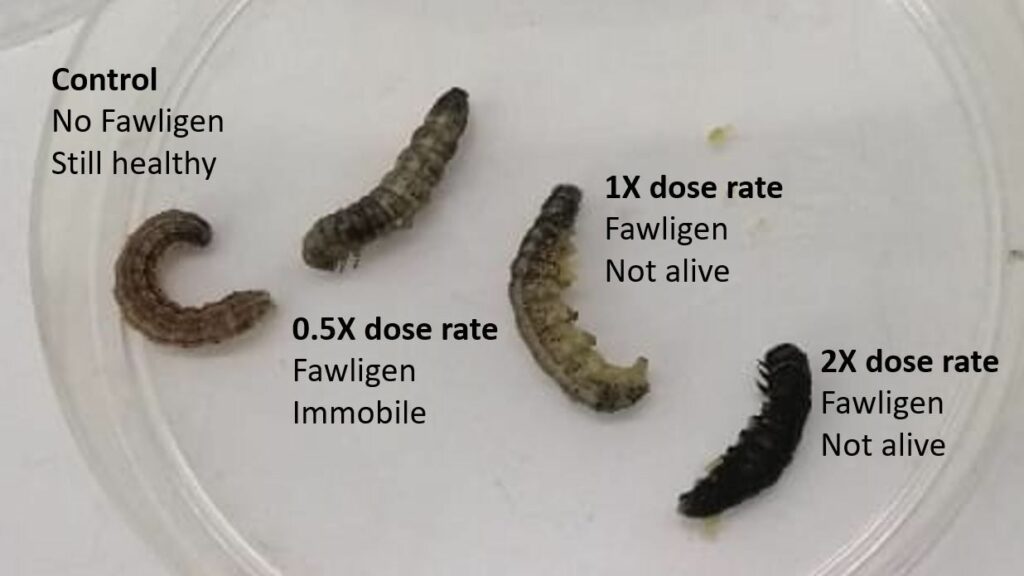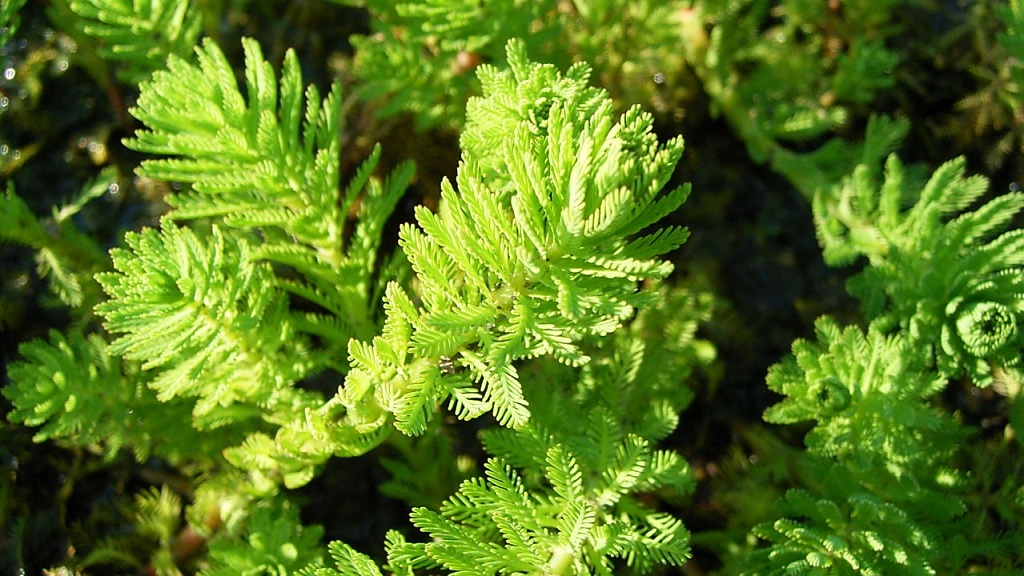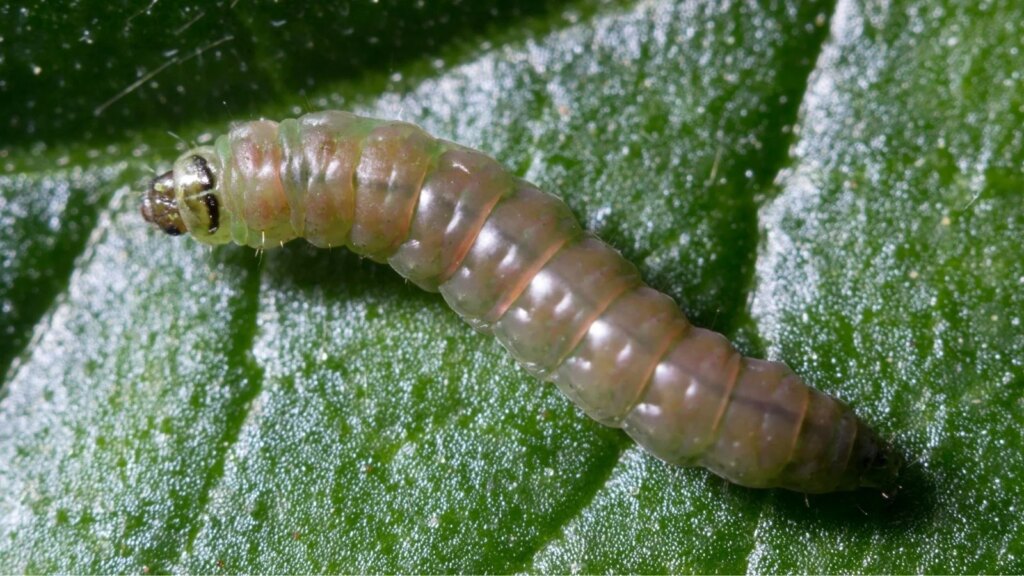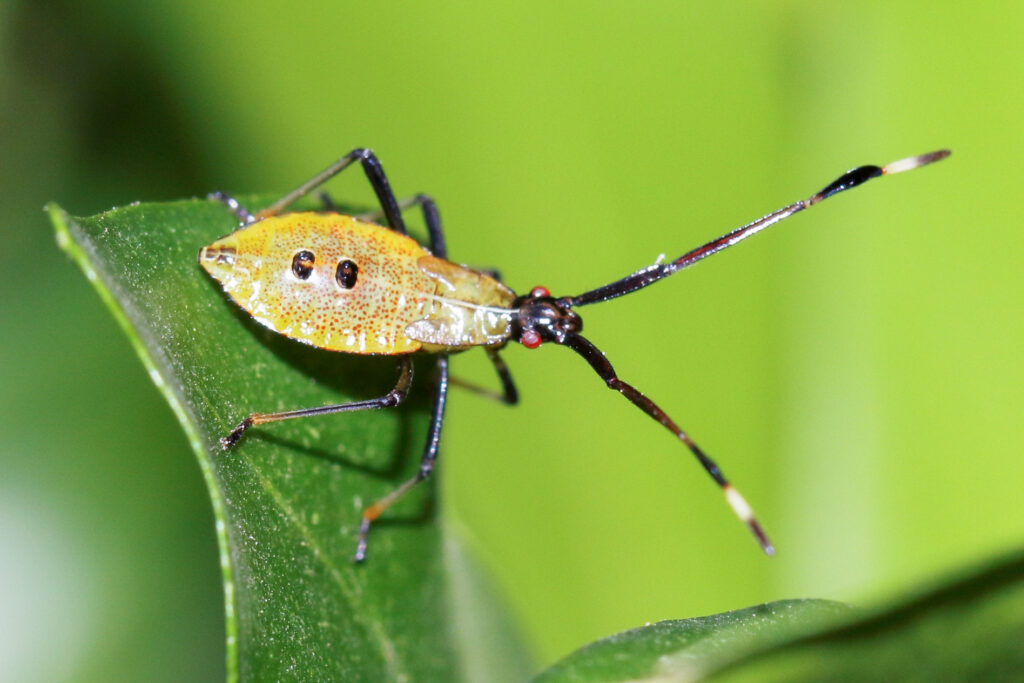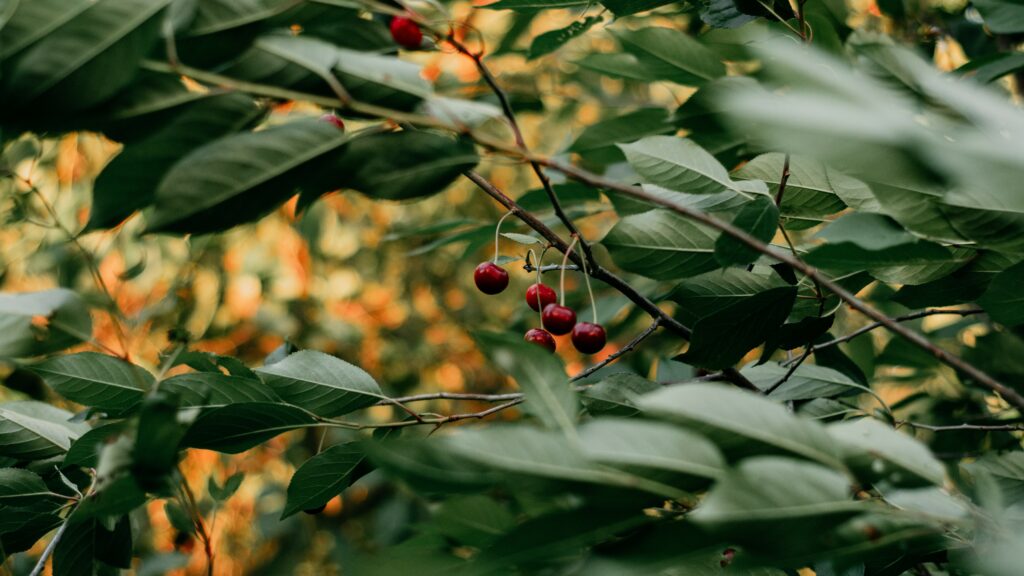5 invasive birds you may have spotted
Invasive birds pose a threat to native bird species, outcompeting them for resources like food and nesting sites. They can also be vectors of avian diseases and be serious crop pests. Here are five you may have seen for yourself.
Tree of heaven: can a mite reduce the spread of this highly invasive pest?
Tree of heaven is an invasive tree that damages infrastructure and hosts invasive species. Can a mite play a role in reducing its spread?
Ruffling parrot’s feathers: the biological control of Myriophyllum aquaticum
Myriophyllum aquaticum, commonly known as parrot’s feather, is an invasive aquatic weed. It can have roots underwater in depths of up to 1.5 metres with shoots that appear 20-50cm above the water surface. This makes it both a submerged and emergent plant. It is native to South America but is a popular garden and aquarium…
Devilweed: the ‘green invasion’ that’s destroying biodiversity and livelihoods
In a new video from BBC Earth, CABI’s Dr Arne Witt tells us about the devastating impact of Chromolaena odorata, commonly known as ‘Devilweed’. As part of the BBC’s Our Green Planet initiative, the video raises awareness about the impact of invasive species on biodiversity and livelihoods.
Help improve the Invasive Species Compendium’s latest decision-support tool
Are you interested in a list of invasive plants in Australia negatively affecting agriculture? Or a list of invasive insects in Hawaii that can be introduced via contaminated clothing? Maybe you want to know which vertebrate invasives cause ecosystem changes or habitat alteration…?
Potential of parasitoid to control invasive fruit fly highlighted in study
Drosophila suzukii, commonly known as Spotted Wing Drosophila, is an invasive fruit fly native to Eastern Asia that was accidentally introduced to the Americas and Europe in the late 2000s. It has since spread rapidly causing damage to over 150 wild and cultivated fruits like cherries, blueberries, strawberries, and even the fruits of ornamental plants.
Could Telenomus remus go global?
The parasitoid wasp Telenomus remus has been mass released as a biological control agent against fall armyworm (Spodoptera frugiperda) in the Americas (where the pest is native) for a number of years. However, fall armyworm is now highly invasive, found across Africa, Asia, and Australia. Can the lessons learnt from its wide use in the…



